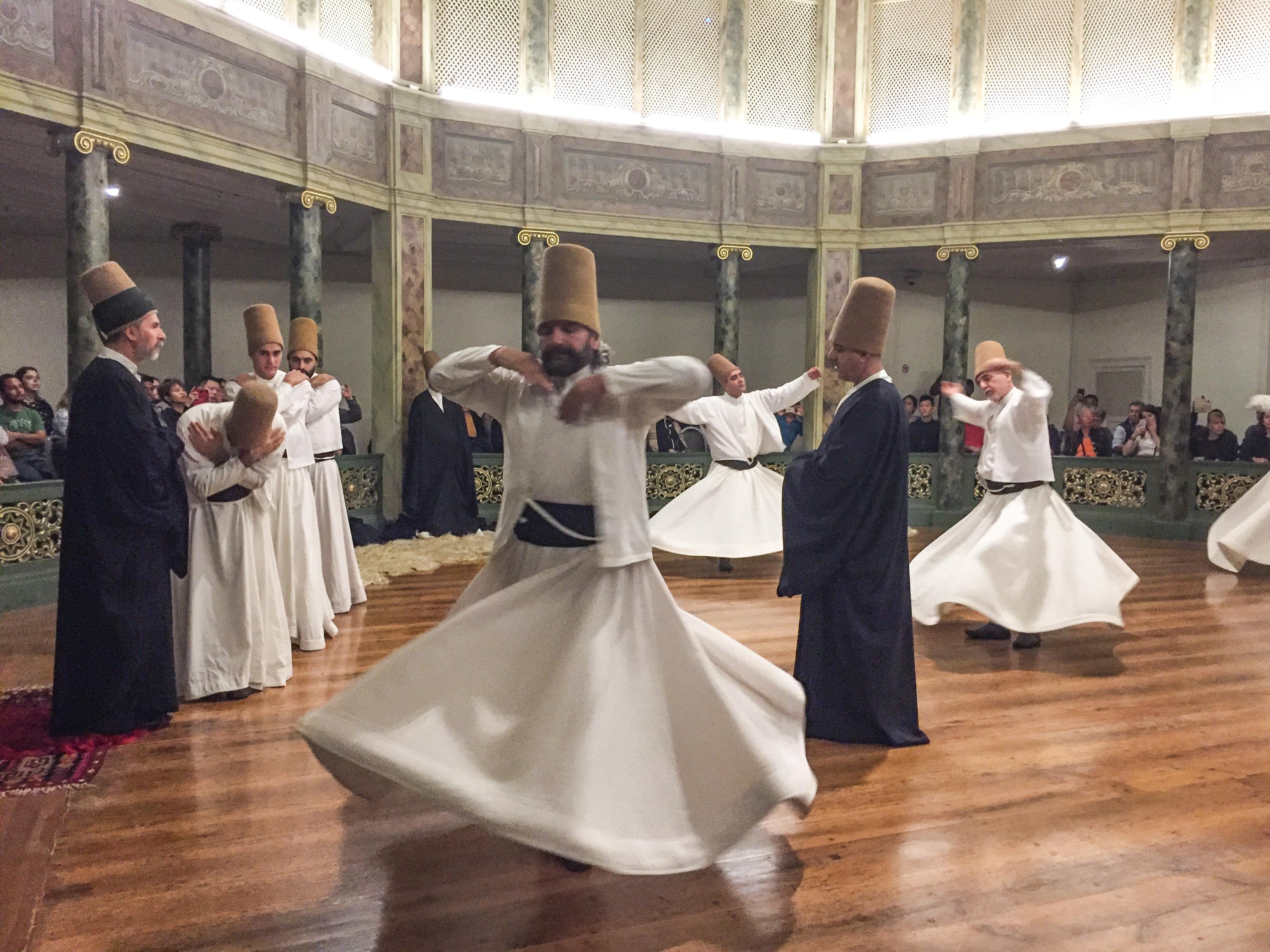Rumi (Mevlâna)
Every world religion has its own sacred core. In Islam, it is Sufism, which mysticism has appealed also to many Western people. In one of the holiest places in Sufism, Konya, Turkey, lived and influenced the great example and the inspiration of dancing dervishes of the 13th century, the mystic-poet Jalal al-Din al-Rumi, or as Turks say, Mevlâna (1207-1273). His great character and life’s work has not lost its timeliness even in 700 years.
Mevlâna’s example and ideas have inspired countless people over the centuries, not only Muslims but for example Goethe, Hegel, Rembrandt, Gandhi and Pope John XXIII. Also the creator of modern Turkey, Mustafa Kemal Atatürk.
Mevlâna had a Renaissance-mentality couple of centuries before the actual European Renaissance. He was a great Persian-Turkish poet, philosopher and mystic who lived and influenced in the meeting point of East and West. Mevlâna saw beyond the boundaries still shackling many people. He saw deep into the nature of reality, to the core where the Love and Light can be found. He saw that man is essentially a divine being, who must awake to the understanding of his own ultimate nature.
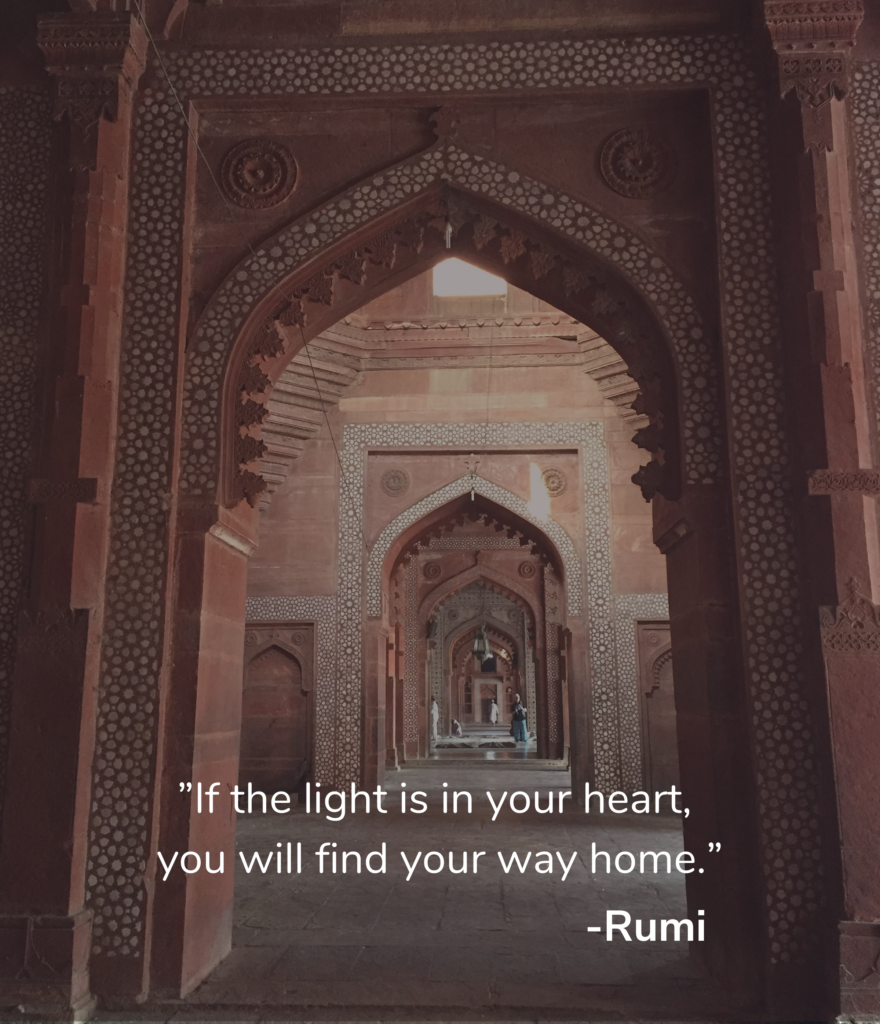
Mevlâna was born in 1207 in Balkh, the present-day area of Afghanistan, the son of a well-known and learned mystic, Bahaüddin. The family moved often before settling down to live in Konya in 1228, with Mevlâna on the verge of his manhood.
A turning point in Mevlâna’s life was the acquaintance with the wandering dervish called Shems (Shems-i Tabriz, Shemsuddin, “the sun of faith”). Mevlâna, then a 37-year-old scholar, read fluently writings written in Persian, Arabic, Turkish, Greek, and Hebrew, and whose knowledge was encyclopedic. But now the new kind of fervor and fieryness entered his life: a new sun had risen into his sky. The boundaries defined by intelligence until then had become too narrow for Mevlâna and he experianced a spiritual transformation from a scholar to a full-blooded, God-intoxicated mystic, a Sufi who had attained inner enlightenment.
The meeting and friendship between Mevlâna and Shems has been compared to the confluence of two seas, which has had the most far-reaching consequences for the former’s development and production.
Mevlâna was 22 years old when he came to Konya and there he also died on December 17, 1273, at the age of 66 years. His funeral was attended by the entire population of the city, Muslims, Christians and Jews alike.
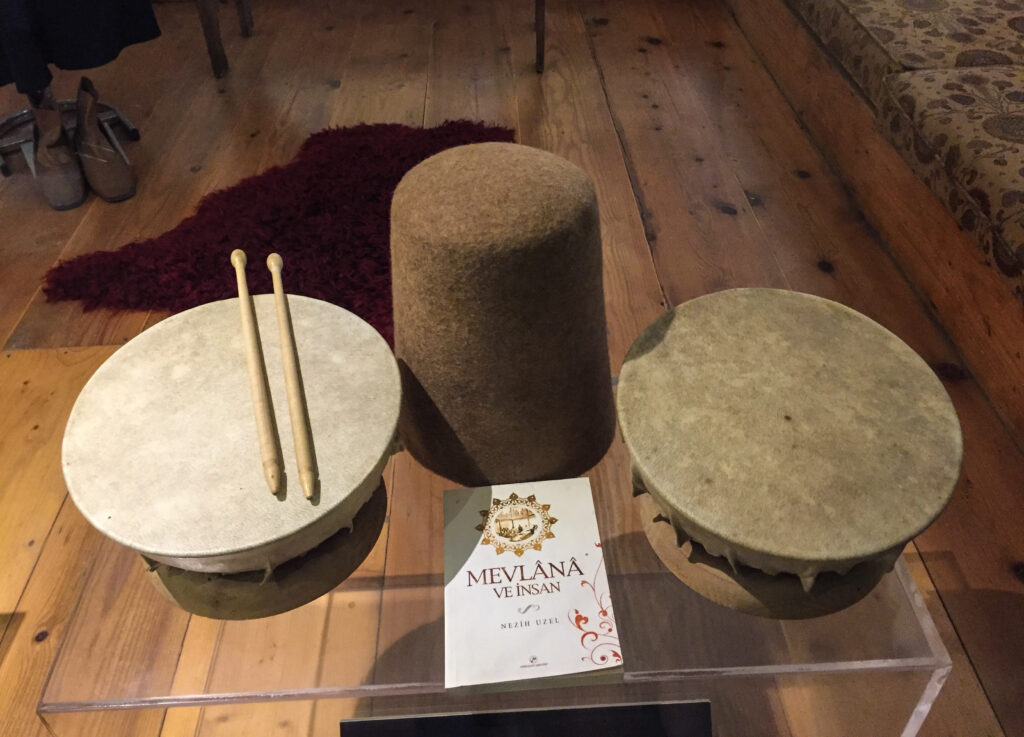
During his years in Konya, Mevlâna brought an aesthetic dimension to mysticism with poetry, music, dance, and the visual arts, which wasn’t common at all in Islam. He gave all mankind the connection of purity of the heart, ethics and aesthetics. He revealed an artistic side of faith, the immortality of the living soul, and the idea of humanistic enlightenment that he manifested both in his poetry and in his life. He may be the only philosopher known in the history to have formulated and expressed a whole system of thought in the language of poetry.
Mevlâna wrote his work in Persian, the literary language of civilization at the time, read from India to Anatolia. His most important work is the six-part Mesnevi (also Masnavi, Mathnawi in Persian), which together with the giant Divân-i Kebir, represents perhaps the most significant synthesis of philosophy and poetry in the world literature. The work is the third most read book in the Muslim world after Qur’an and Hadis-i Sheriff, which contains the thoughts of Prophet Muhammad. Mesnevi has been called the “Qu’ran of Mysticism” and the “inner truth of the Qur’an”.
Mevlâna’s mystical philosophy is perhaps best found in the prose work Fihi Mafih, while in the book Mektubat he is the protector of human beings and the expression of justice.
These works tell of Mevlâna’s belief that the goal of a mystic is to attain truth through knowing one’s self. He who knows himself knows God. Love is the key element to Mevlâna. Love appears to him as the extreme transcendence of human consciousness — analytical and rational, intuitive and holistic, but above all, dedicated and passionate.
Perhaps his mystical theology is summarized in the following pair of verses: “The religion of love remains separate from all religions, the lovers of God have no religion other than God alone”.
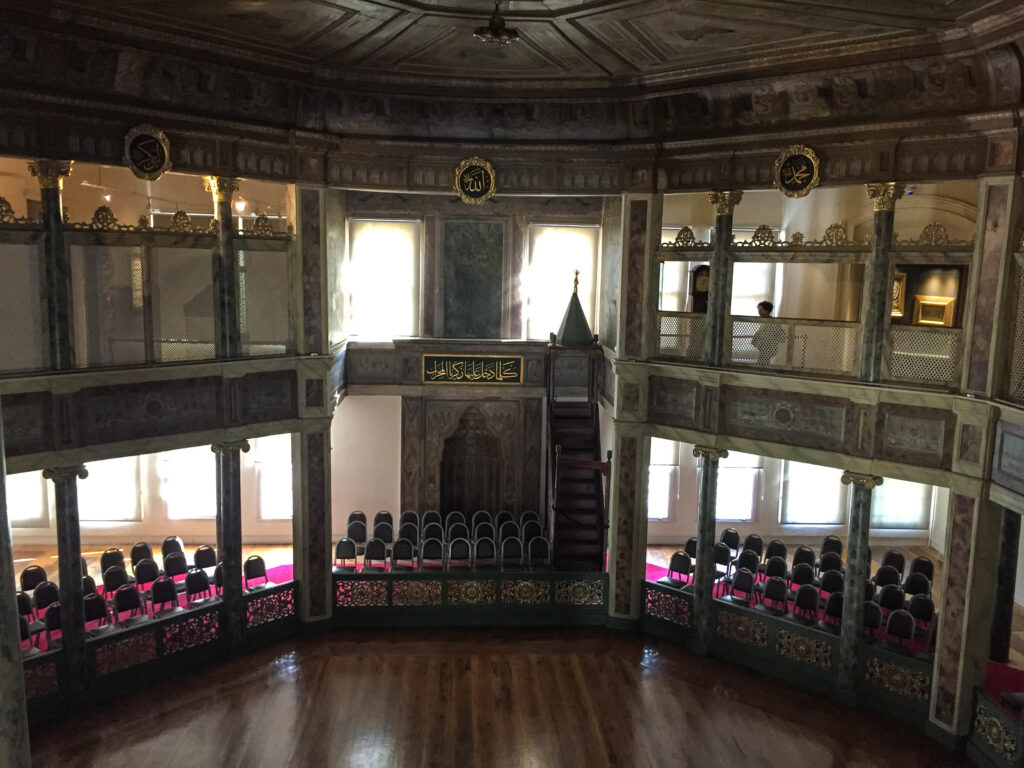
Sufism
According to some studies, the roots of Sufism, the mysticism of Islam, have been traced back to the 8th century. The name itself is associated with the Greek word Sophia, which means wisdom, and the Arabic concept of sof, which in turn means purity. Together, these concepts refer to pure wisdom, “the wisdom that arises from pure consciousness from which all impressions and problems of external life have been erased” (Dr. H.J. Witteveen).
Mevlâna gave Sufism a universal face and a philosophy that still appeals to humanity. His tolerant thinking, for example, has not lost an inch of its relevance. There are many Sufi organizations, of which the Mevlevi School, which follows in Mevlâna’s footsteps, is the best known.
Dancing dervishes and semâ
Dancing dervishes are the “trademark” of Konya. This tradition dates back to the times of Mevlâna. There are two important concepts associated with Mevlevi rituals, semâ and zikr. In Sufism the former means singing and listening to music to achieve religious feeling and ecstasy (vecd). Zikr, on the other hand, is “remembering God”.
It is a state of devotion where the will and thoughts of the dervish have submitted to divinity. The goal of Semâ is not uninterrupted ecstasy and the loss of conscious thinking, but the realization of submission to God, the attainment of spiritual connection with God. The love that follows can stop time and place.
The Semâ ceremony, the blessed ceremony, or âyin-i serif, describes the mystical journey of human spiritual ascension through the mind and love toward the Perfect, Kemâl. Turning to the truth, he grows through love, abandons his ego, finds the truth, and arrives to the “Perfect”. He then returns from his spiritual journey as a man who has attained maturity and greater perfection to love and serve the whole of creation, all beings, regardless of faith, class or race.
In Sufi music, the central instrument is ney, a reed flute whose voice whispers the mysteries of God. The Üd lute, on the other hand, is a source of love. “Just as the rain nourishes the rose garden, so the lute nourishes the heart.” A very important instrument in the Mevlevi tradition is also the kudüm drum, as well as the three-string rebab. According to Mevlâna, music is the language of those who have experienced spiritual love.
(The book of Erkki Lehtiranta, “Tien päällä ja taivaan alla”, of which the text is referenced, is available online at www.smilingstars.fi where you will also find much more spiritual wisdom in the form of Erkki’s books and training)
Galata Mevlevi Museum (Galata Mevlevihanesi Müzesi)
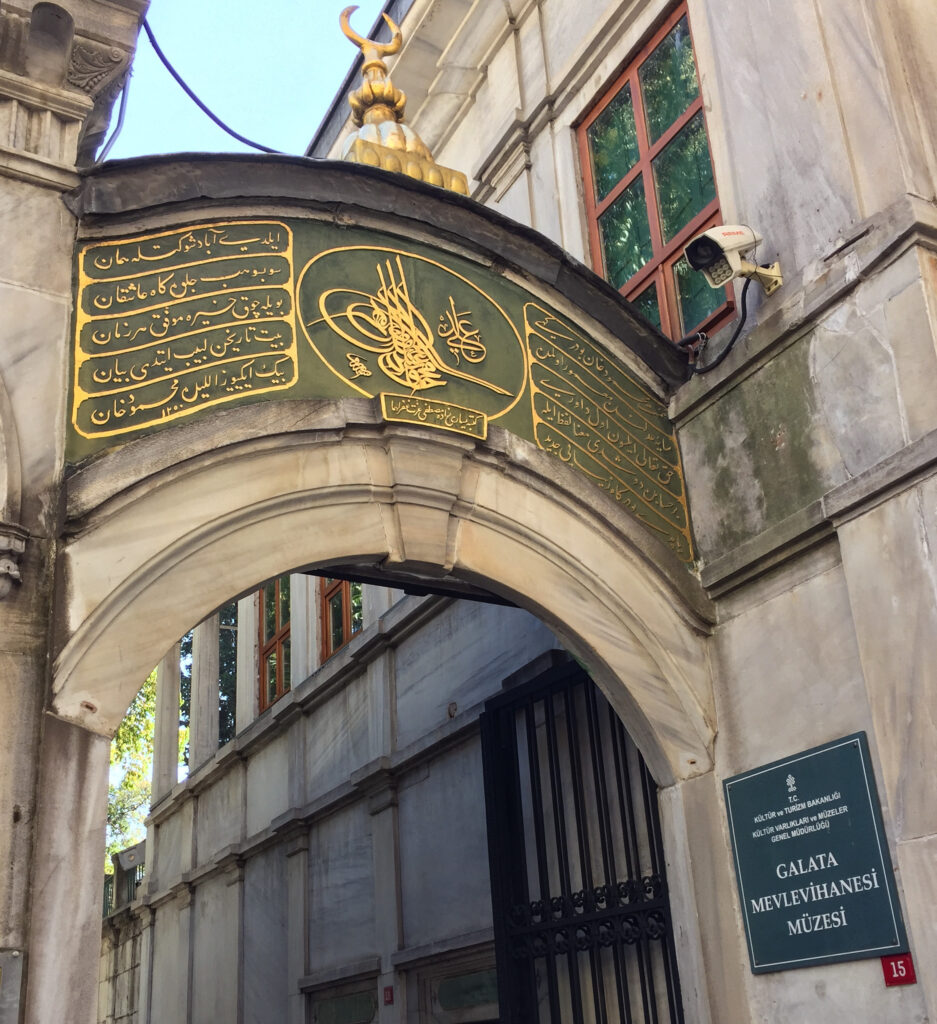
Galata Mevlevi Museum is located on the European side, at the end of İstiklal Street in Beyoğlu, and at the beginning of Galip Dede Street (Galip Dede Caddesi). It was built in 1491 and it was the first Mawlawi House in Istanbul. Galata Mawlawi House ceased to function as Dervish Lodge in 1925. In 1975, it was opened to visitors as the Divan Museum of Literature, before being reorganized into the Galata Mevlevi Lodge Museum in 2011.
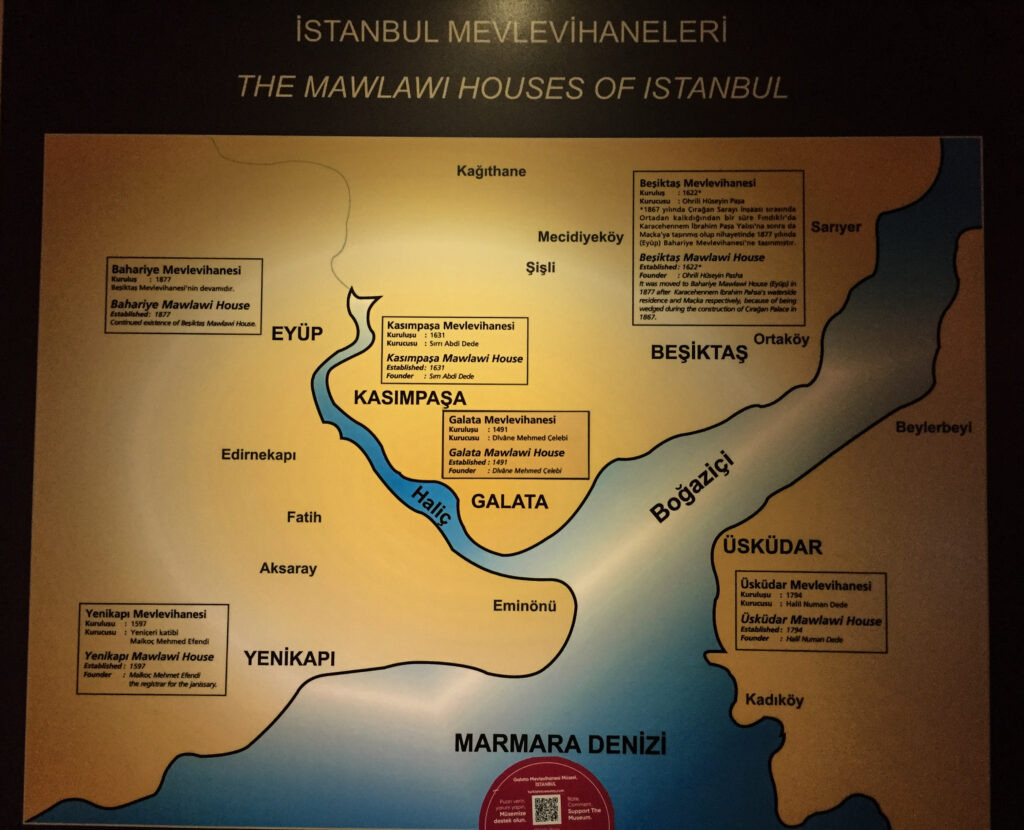
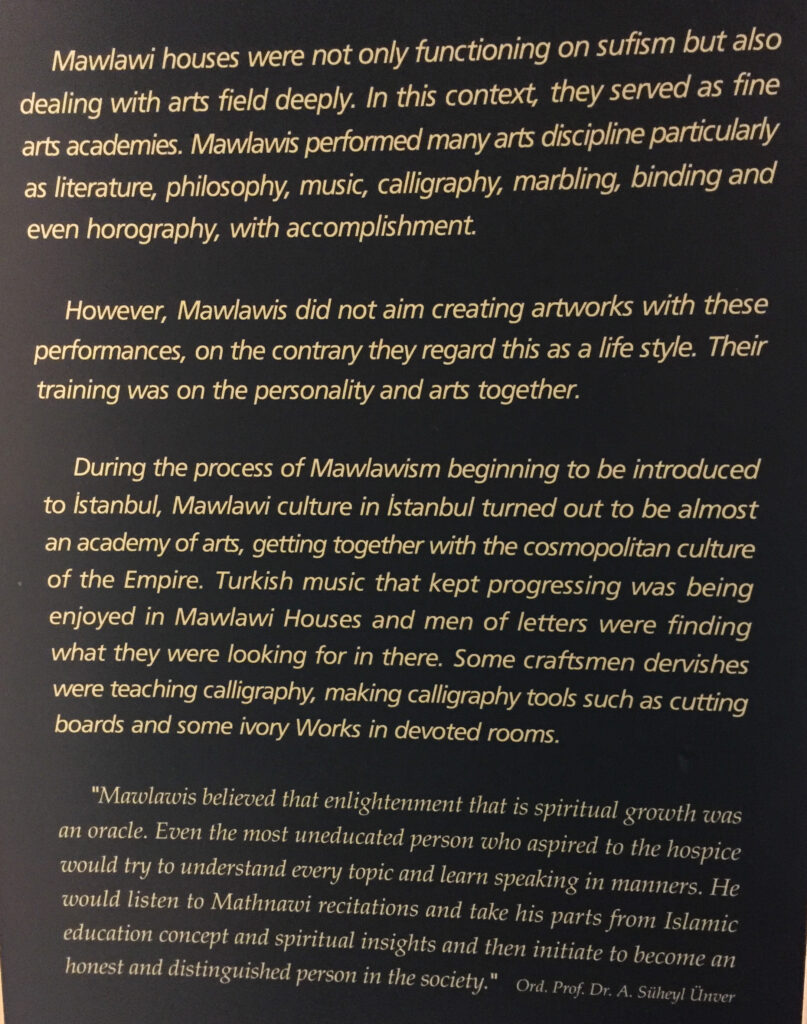
Galata Mevlevi Museum underwent a major refurbishment between 2005 and 2009 and now it serves as a museum about the Mevlevi Sufi Islam sector. It is an exciting museum which showcases a variety of Turkish calligraphic art items, music items and items belonging to the Mevlevi culture. The museum is located in Galata, covering an area of 6,800 square meters, and it has a peaceful atmosphere.
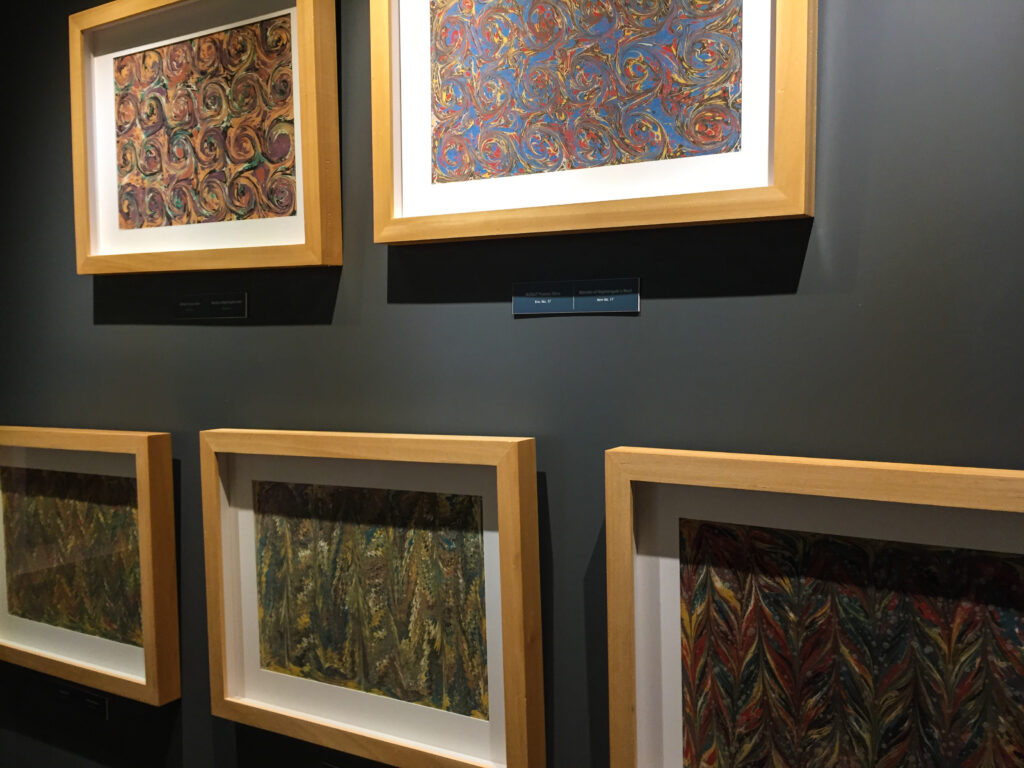
When you walk through the narrow corridors, you’ll find a courtyard in sharp contrast with the European and stone architecture of Beyoğlu. You’ll see, for example, an Ottoman-style timber building of Semahane, the shrine and the fountain. You’ll surely be impressed with the historical atmosphere and beauty.
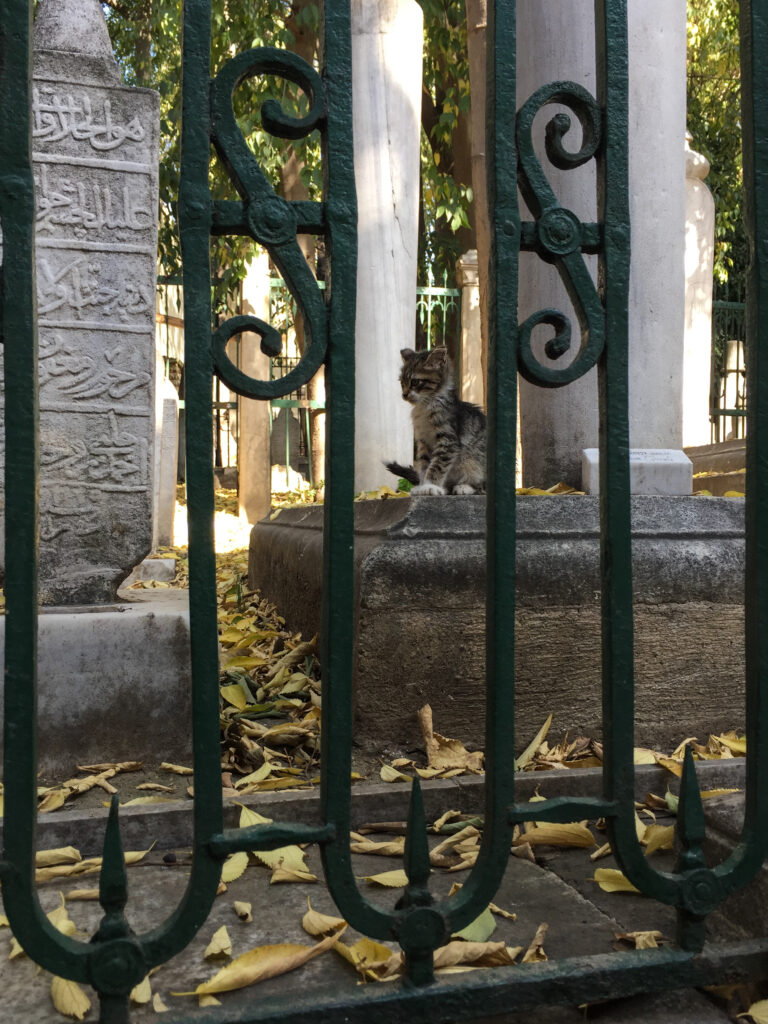
In the museum complex of Galata Mevlevi Lodge you can experience the profound spirit of Sufism. The main museum buildings include the Semahane, Halet Efendi Shrine, Sheikh Galib Shrine, Sebilküttab building, Adile Sultan Fountain, Hasan Aga Fountain and the Mevlevi cemetery “Hamuflan”.
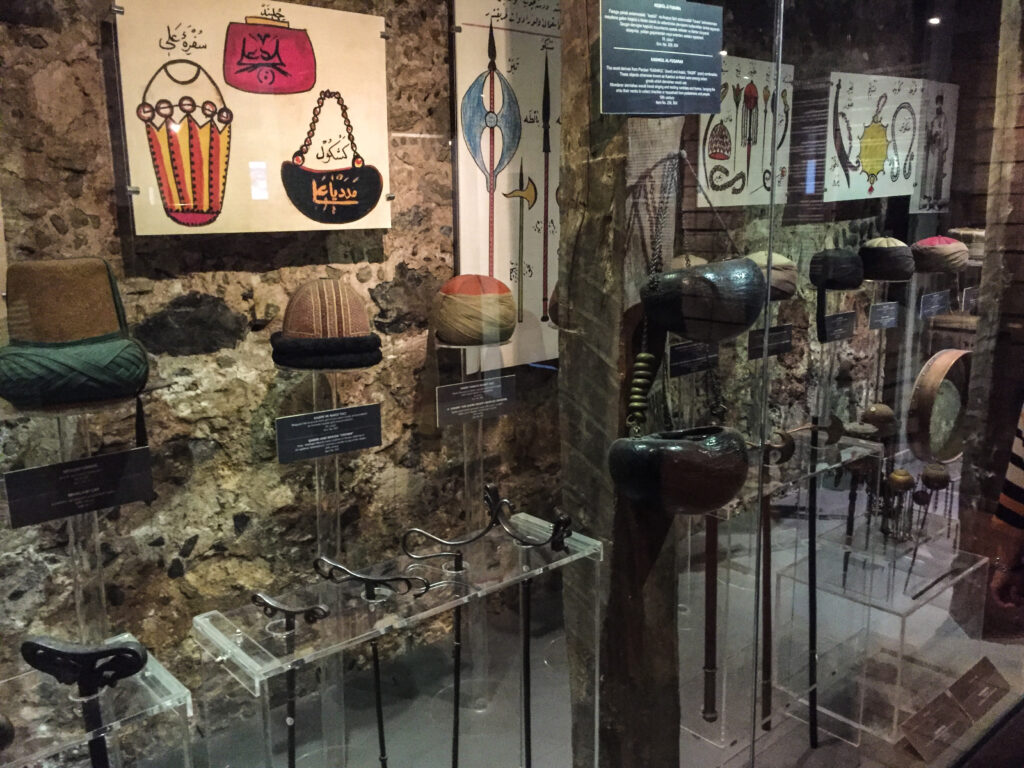
Aside from designated cultural centers, Galata Mevlevi Museum is one of the few places in Istanbul where you can see the whirling dervishes. It is widely known and an authentic Mevlevi Whirling Dervish hall. On the first floor of the lodge you can find beautiful ”Semahane”, which features gilded woodwork and a painted ceiling. The dervishes ‘whirl’ there. The ritual represents a spiritual journey as dervishes turn towards the truth of God.
More information https://muze.gen.tr/muze-detay/galatamevlevi
